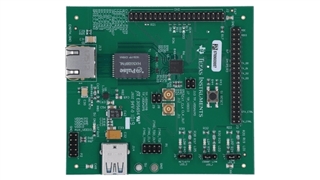Other Parts Discussed in Thread: TIDA-00928
Hi team,
Regarding DP83867ERGZ-R-EVM, the customer has the following questions:
The pins on the board, such as TX_ D0~4, RX_ D0~4, RX_ CLK, TX_ CLK, What kind of wire is used to connect with MAC or FPGA? If the Dupont Line is inserted into the pin, will there be signal quality or data synchronization problems? What kind of connector should be used? What are the requirements of connector? Is there a recommended purchase link

Best Regards,
Amy

